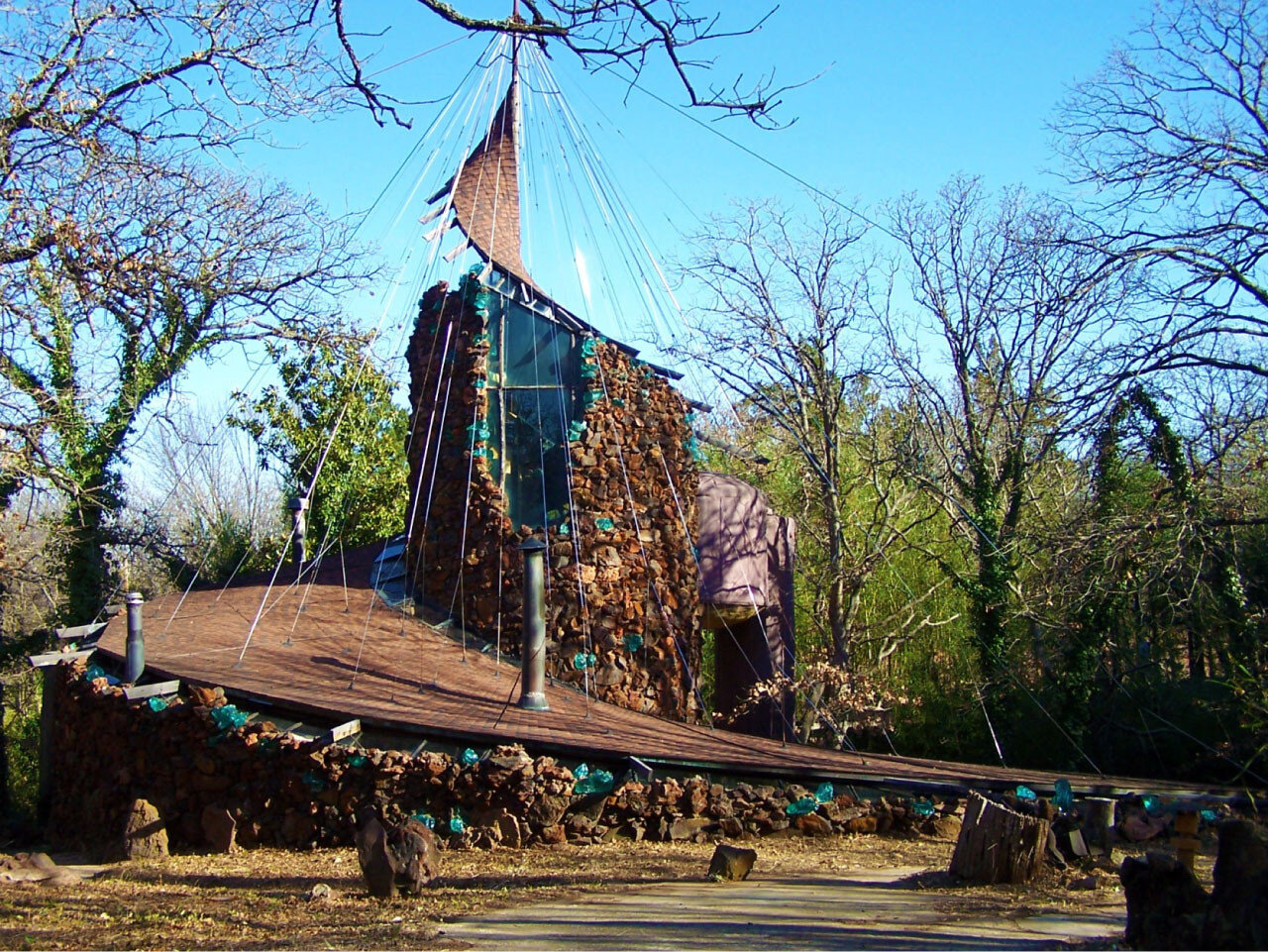Introduction: The advent of AI in architecture has revolutionized how we conceptualize and visualize our ideas. Tools like ChatGPT, equipped with image generation capabilities, now enable architects to transform written words into visual depictions. This blog post explores the art of crafting writing prompts that ChatGPT can use to create compelling architectural images, helping professionals and enthusiasts alike bring their blueprints to life.
Understand the Capabilities and Limitations Begin by familiarizing yourself with the AI’s capabilities. ChatGPT can generate detailed images from descriptive text, but its success largely depends on the clarity and specificity of the input. Understanding the AI's scope, including its style parameters and interpretation abilities, is crucial for creating effective prompts.
Be Specific and Detailed Precision is key when composing prompts. For architectural visualization, detail every element you want to include in your scene, such as the style (e.g., Brutalist, Modernist), key features (like balconies, facades, landscaping), and the atmosphere or mood (sunset, bustling city). The more specific you are, the closer the generated image will be to your vision.
Incorporate Context Contextualize the structure within its environment. Describe the surrounding area—whether it’s an urban street, a tranquil countryside, or a beachfront. Mentioning adjacent elements like parks, vehicles, or pedestrians can enhance the realism and scale of the architectural design in the AI-generated image.
Use Visual References While direct uploads of reference images might not always be an option, describing notable architectural landmarks or famous designs can guide the AI towards the aesthetic you’re aiming for. For example, prompting with "Imagine a building as streamlined as the Guggenheim Museum in Bilbao" can help steer the visual output.
Iterate and Refine The process of perfecting AI-generated images often involves iteration. Based on the initial output, refine your prompt to adjust elements that are off-target or enhance details that are lacking. This iterative process can significantly improve the accuracy and quality of the visualizations.









